Did you know that there are six bushes and shrubs that you should always avoid pruning in the fall?
While fall is the perfect time for cleaning up your flowerbeds and cutting back many perennials, when it comes to the chore of pruning and shaping bushes and shrubs, fall is not the ideal time to be cutting them back. Especially for bushes and shrubs that require old wood in order to bloom.
Pruning helps to cut back and remove old or damaged foliage on plants. Not only can it improve the appearance of bushes and shrubs, but it also helps to keep them healthier so they can come back stronger and more vibrant the following year.
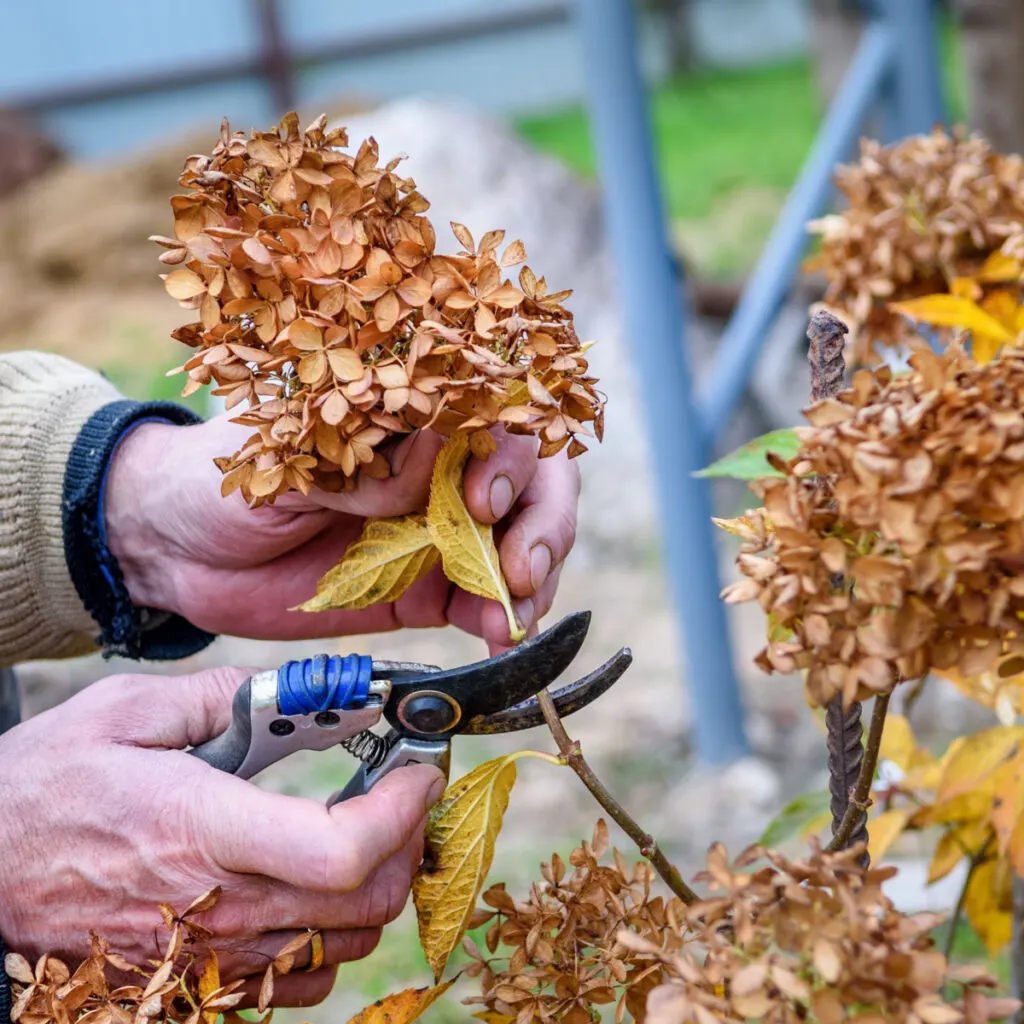
But while it can be tempting to clean up all of your plants before the cold weather hits, not all bushes and shrubs should be pruned during this time frame. In fact, some plants should never be pruned at all unless under extreme conditions.
Why To Avoid Pruning Most Bushes & Shrubs In The Fall
So why is pruning many bushes a bad idea? For starters, pruning can encourage new growth to appear that won’t have time to properly grow and adapt before the cold weather and temperatures arrive.
In addition, the wounds created by pruning in the fall won’t heal as quickly this time of year. This leaves bushes and shrubs susceptible to disease and additional damage. Even worse, wounds that can’t heal and tender new growth that results from pruning can also both easily damaged by winter weather.
But there is an even bigger reason not to prune some bushes in the fall – and that is because it can cause them not to bloom next year. In fact, fall pruning is one of the biggest culprits of all when bushes fail to bloom!
Some plants create their blooms on old wood. Old wood is the growth that occurs during the previous year after a plant finishes blooming. Then, the next year, that “old wood” is what produces that year’s blooms.
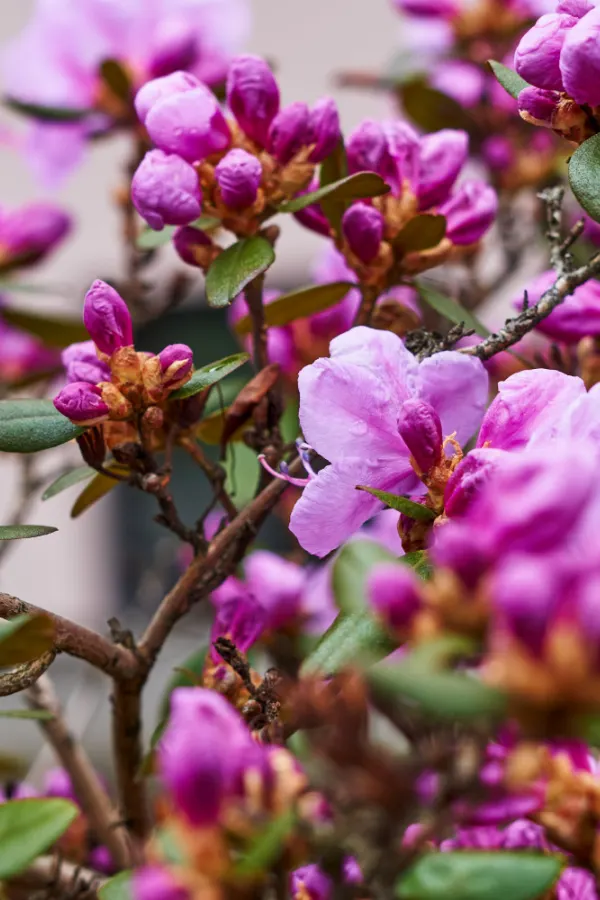
If you prune back the old wood in the fall, there is nothing left behind for the new blooms to grow on the following year. This will greatly reduce or even eliminate all of a shrubs blooms, which can be quite disappointing for gardeners!
All of the bushes and shrubs featured in today’ article happen to bloom on old wood – which is exactly why you should not be pruning these this fall!
Six Bushes & Shrubs To Avoid Pruning In The Fall
Oakleaf Hydrangea
Hydrangeas can be a bit difficult to prune if you aren’t aware of which variety you are growing. Some plants bloom on new wood while others actually bloom the following year on old wood.
Oakleaf hydrangea falls into the latter category. Oakleafs bloom on old wood, producing blooms from spring until early summer. (See, “How To Prune Hydrangeas” for in-depth information about pruning all types of hydrangea bushes.)
These perennial shrubs feature leaves that look similar to those of oak trees. During the fall, their foliage can range in color from red to orange to purple, providing year-round visual interest.
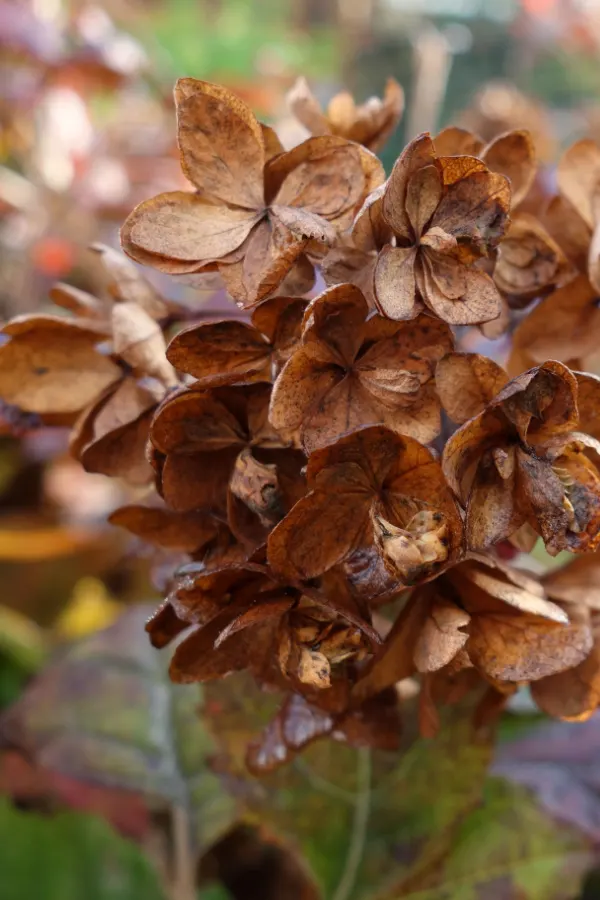
Oakleaf hydrangea shouldn’t be pruned often, except for removing completely dead branches that don’t produce blooms in the spring. Also, remove suckers from around the base of the plant to help if you are concerned with spreading.
If you must prune, wait until the blooms start to fade in late spring/early summer before trimming and shaping. This avoids the chance that you remove any old wood.
Lilac Bushes
There’s nothing better than the beautiful fragrance of lilac blooms in late spring. Lilacs are an old-fashioned shrub that many people have growing on their property. However, similarly to other shrubs and bushes on this list, lilacs bloom on old wood.
While pruning lilacs is an important part of keeping the shrub tidy and under control, it’s all about the timing. If you wait until the fall to trim back these plants, you will be removing all of that old wood used for next year’s blooms.
To properly prune lilac bushes, trim branches and foliage as soon as they are done blooming. You can remove up to a third of the shrub if the plant is severely overgrown or starting to show old age and wear.
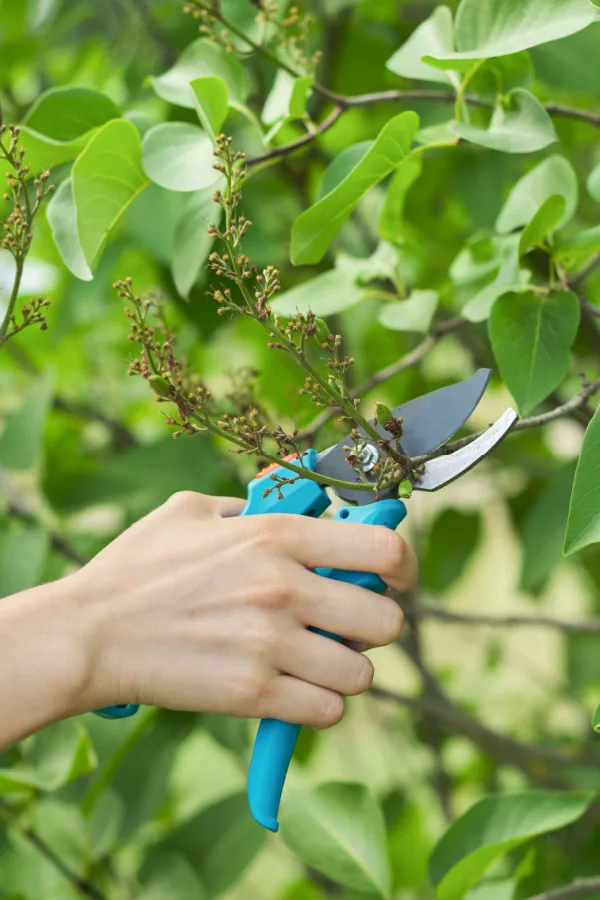
Also, cut off any small suckers and canes that are thin and weak until the bush is around eye level. Keep in mind that severe pruning like this will result in a reduction of blooms for a few years.
Weigela
Another old-time favorite to avoid pruning in the fall is the weigela bush. Their attractive blooms with tiny pink flowers arrive early in the summer, making them perfect for attracting butterflies and hummingbirds to your property.
In order to get these miniature blooms the following year, the plants require old growth to sprout from. Thankfully, unlike some bushes and shrubs, weigela doesn’t typically get too unruly, even though it is quick to grow.
If pruning is required, be sure to do it right after the plant has bloomed to avoid removing too much old wood. Even then, only remove a few of the oldest and largest stems to prevent a reduction of blooming.
Forsythia
There’s no doubt that forsythia shrubs are a stunning addition to any property. With their vibrant yellow flowers that appear early in the spring, they are a great way to welcome in the warmer weather.

But those yellow blooms that attract birds, bees, and butterflies galore all appear on old wood. And if you prune forsythia shrubs in the fall, you will be cutting off all or most of its beautiful blooms for next spring.
While pruning is likely needed with this fast-growing shrub, it needs to be done immediately after it is done blooming in the spring. As unruly as it might look in the fall, be sure to hold off until then.
Rhododendron
With proper care, rhododendrons are a great way to add year-round color and interest to properties. They are evergreens, which means their foliage stays green all throughout winter, adding color to your property when other plants turn bleak and dull.
Come springtime, they reward you with clusters of blooms in purple, pink, and white. But those blooms only appear on old wood, so once again, you need to avoid pruning them in the fall.
If you do need to prune rhododendrons, do so right after the blooms have started to fade in the spring. You can and should, however, remove dead or damaged foliage or branches at any point of the season.
Azalea
Last but not least on the list of bushes to avoid pruning is the Azalea. Often confused with rhododendrons, azaleas feature blooms in shades of red, orange, pink, peach, and white that appear in late spring off of old wood. Many azalea varieties are considered to be deciduous, meaning that they drop their foliage in the winter.
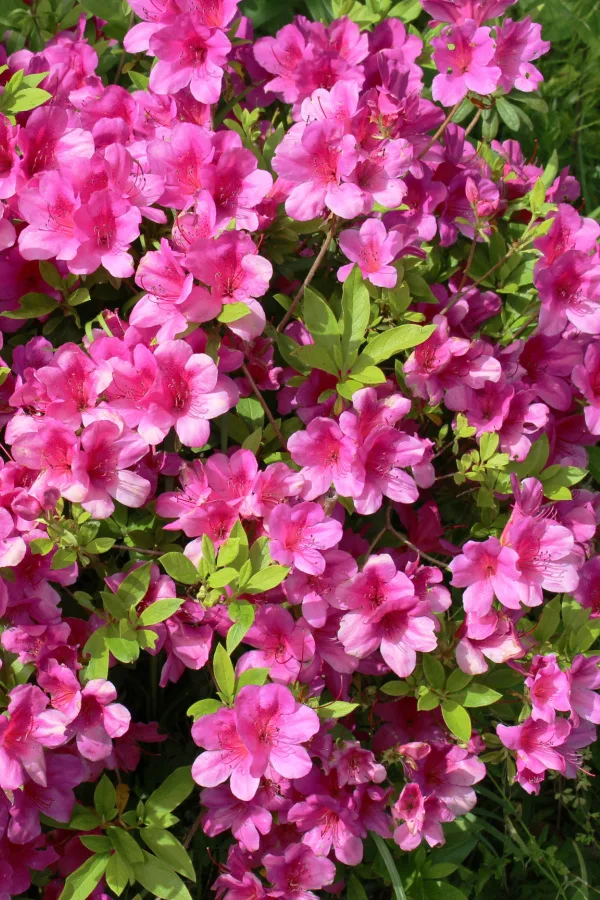
Even though it might be tempting to prune during the fall when their leaves have dropped, it’s best to hold off. If you must prune, do so right after the blooms have died in spring. Mild pruning can allow plants to be bushier and fuller, but otherwise, pruning is not necessary.
One last note on pruning, whenever you do prune – always use sharp, clean pruners! Sharp pruners make clean cuts that heal fast. And cleaning off your blades with a disinfectant wipe between bushes can keep any disease from spreading. Affiliate Product Link: Pruning Shears, Kenossion Gardening Tools – Garden Shears with Ratchet Anvil
By avoiding pruning these six bushes and shrubs in the fall, you are not only saving yourself time and work but you will allow these plants to bloom and flourish the following year!
Follow Our Facebook Page For Even More Great Tips! Simple Garden Life Facebook Page
Simple Garden Life is a website dedicated to keeping gardening fun, simple and enjoyable! We publish two new articles each week along with a new garden podcast episode every two weeks. This article may contain affiliate links.
